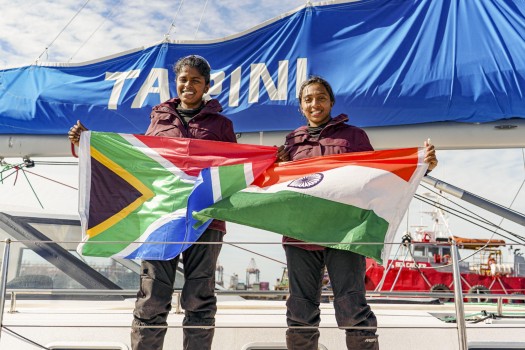
WASHINGTON (PTI): With the US working to make its foreign military sales more responsive and more effective, the Obama administration has expressed its willingness to boost defence trade with rising powers like Brazil and India.
"The entire US government is working to make our security cooperation particularly foreign military sales more responsive and more effective. We are particularly seeking to boost defence trade with rising powers like Brazil and India," Defence Secretary Leon Panetta said.
"I visited both countries this year to help advance those growing defence partnerships," Panetta said in his remarks at a luncheon meeting at National Press Club on Tuesday.
In New Delhi early this year, Panetta had announced to depute one of his deputies to work on removing bureaucratic hurdles in increasing defence trade with India.
"I am particularly pleased by Ash Carter's leadership of a new, joint US-India initiative I announced this summer to boost defence cooperation and trade, and streamline our respective export control processes," he said.
In order to remain the security partner of choice, the United States must maintain its decisive military edge and adapt to meet emerging threats, he said.
In fact boosting defence trade ties with countries like India and Brazil is part of his five-point defence strategy including to build a force that is smaller and leaner, while ensuring that the military is more agile, flexible and technologically advanced.
"The second element of the defence strategy is to maintain our force projection in the Middle East while rebalancing our global posture and presence to emphasise the Asia-Pacific region which is of growing importance to our economy and security," Panetta said.
The Army's end strength is being gradually reduced to 490,000 soldiers from a recent high of 570,000 - still above where it stood on 9/11 and the size of the Marine Corps is being reduced to 182,000 from a peak of about 202,000 during the past decade, Panetta said.
Besides asserting its strong and enduring commitment to the Middle East, the US, he said is also renewing and expanding its engagement in the Asia-Pacific region.
"The core of our rebalance is modernising our existing network of Alliances and security partnerships throughout the region and developing new security relationships as well," he said.
"Over the past year, we reached major agreements with Japan to realign our forces and jointly develop Guam as a strategic hub, worked to strengthen cooperation with the Republic of Korea in space, cyberspace and intelligence, and began new Marine rotational deployments to Australia as well as increased Air Force cooperation," he added.
"Likewise, we are deepening engagement and developing rotational deployments with Allies and partners such as Singapore and the Philippines, and expanding our military-to-military dialogue and exchanges with China," he said.
The United States, he said, is enhancing its presence and capabilities in the region. That includes reallocating the Naval fleet to achieve a 60/40 split between the Pacific and Atlantic Oceans by 2020; increasing Army and Marine presence in the region after Iraq and Afghanistan; and locating most advanced aircraft in the Pacific including new deployments of F-22s and MV-22 Ospreys to Japan, and laying the groundwork for the first overseas deployment of the F-35 Joint Strike Fighter to Iwakuni in 2017.
"The third element of our strategy is to maintain our global leadership and presence by building innovative partnerships and building partner capacity across the globe with innovative rotational deployments," Panetta said.
The fourth element of the new defence strategy is that the US must remain capable of quickly confronting and defeating aggression from any adversary anytime, anywhere.
"That means if we are engaged in a conflict on the Korean peninsula and Iran attempts to close the Strait of Hormuz at the same time, we must be capable of responding decisively in both locations. With this strategy, we will have that capability," he said.
The United States, he said, is maintaining its ability to simultaneously operate in multiple theaters by investing in critical power projection capabilities including its aircraft carrier fleet, big-deck amphibious fleet, a new afloat forward staging base, and long-range strike.
"We are also making new investments in a next generation bomber, a next generation tanker that will afford our air forces greater mobility, and working every day to put our Joint Strike Fighter programme on a firmer footing," he said.
"The fifth element of our strategy is to protect and prioritise key investments in technology and new capabilities, as well as our capacity to grow, adapt, and mobilise as needed," Panetta said.
 Previous Article
Previous Article Next Article
Next Article












The Indian Air Force, in its flight trials evaluation report submitted before the Defence Ministry l..
view articleAn insight into the Medium Multi-Role Combat Aircraft competition...
view articleSky enthusiasts can now spot the International Space Station (ISS) commanded by Indian-American astr..
view article